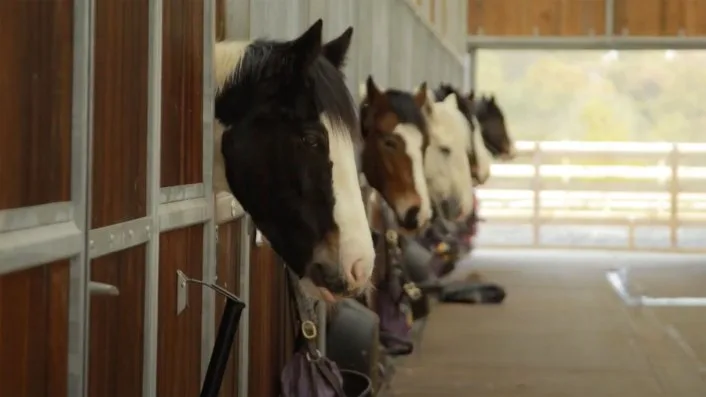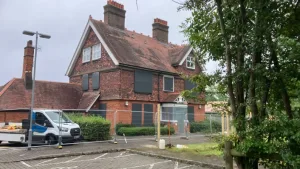
HEART BREAKING:Greenwich’s Olympic equestrian centre that was billed as an Olympic legacy project has closed and could be sold off…

The Greenwich Olympic Equestrian Centre, once hailed as a beacon of Olympic legacy, has recently shuttered its doors and faces an uncertain future. Built for the 2012 London Olympics, the centre was intended to serve as a lasting symbol of the Games’ impact and a venue for equestrian sports long after the event concluded. However, the closure of this facility raises questions about the effectiveness and sustainability of Olympic legacy projects.
The centre, located in Greenwich Park, was initially celebrated for its architectural design and the role it played in showcasing equestrian sports during the Olympics. It featured state-of-the-art facilities designed to accommodate both the needs of top-tier athletes and the public. The intention was to create a multifunctional space that would not only host major competitions but also offer training and recreational opportunities for local riders and enthusiasts.
However, despite these lofty ambitions, the centre has struggled to remain operational. Financial difficulties have plagued the facility, attributed to various factors including high maintenance costs and lower-than-expected usage rates. The anticipated influx of visitors and users did not materialize to the extent that was projected, leaving the centre underutilized and financially unsustainable.
The closure of the Greenwich Olympic Equestrian Centre is emblematic of a broader issue with Olympic legacy projects. Many such ventures, while initially promising, face significant challenges in maintaining their relevance and financial viability long after the Games have ended. The high costs associated with maintaining large-scale sporting venues, coupled with fluctuating demand, often lead to these facilities struggling to sustain themselves.
In response to the centre’s closure, there has been speculation about its potential sale. The possibility of selling the property raises concerns about the future of the venue and its impact on the local community. There are fears that the site could be repurposed for other uses, which might detract from the original vision of a lasting Olympic legacy.
Advocates for the centre argue that its closure represents a missed opportunity to fully realize the benefits of the Olympic investment. They point to the need for better long-term planning and more sustainable models for managing such facilities. There is also a call for more community engagement and innovative approaches to ensure that these venues can continue to serve their intended purpose and provide value to the public.
On the other hand, the decision to close or sell the facility may also be seen as a pragmatic response to economic realities. If the centre cannot generate sufficient revenue or justify its operational costs, it may be more practical to repurpose or sell the site rather than allowing it to become a financial burden.
The fate of the Greenwich Olympic Equestrian Centre underscores the complexities and challenges associated with Olympic legacy projects. While these initiatives are designed to leave a lasting positive impact, achieving this goal requires careful planning, management, and adaptability. The centre’s closure serves as a reminder of the need for thoughtful consideration of how to sustain and utilize Olympic investments in a way that benefits both sports and communities in the long term.







